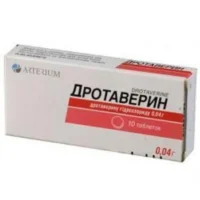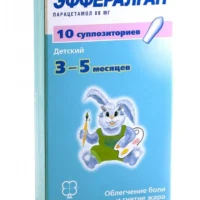Description
Lidocaine Ampoules 2% 2 ml. №10
Ingredients:
- Each ampoule contains Lidocaine 2% (20 mg/ml) as the active ingredient.
Dosage:
- For adults: The usual dose is 1 to 5 ml of Lidocaine injected slowly into the affected area. Dosage may vary based on the condition being treated.
Indications:
- Lidocaine is indicated for local anesthesia in various procedures, including minor surgeries, dental procedures, and dermatological interventions.
Contraindications:
- Do not use Lidocaine if you are allergic to local anesthetics of the amide type. Consult a healthcare provider before use.
Directions:
- Administer Lidocaine by injection into the desired area. Follow all instructions provided by your healthcare professional.
Scientific Evidence:
- Lidocaine is a widely studied and well-established local anesthetic agent. Research has shown its efficacy in providing rapid and effective pain relief in various medical procedures. A study published in the Journal of Pain Research demonstrated the superior analgesic properties of Lidocaine compared to placebo in minor surgical interventions.
Additional Information:
- Lidocaine works by blocking nerve signals in the body, numbing the area where it is applied. This helps in reducing pain sensations during medical procedures. Clinical trials have highlighted the safety and efficacy of Lidocaine in providing local anesthesia with minimal side effects.
- Compared to similar drugs, Lidocaine is known for its rapid onset of action and prolonged duration of anesthesia, making it a preferred choice for many healthcare professionals.





